With its unparalleled natural beauty, breathtaking landscapes and rich culture, Northern Vietnam is a trove of hidden treasures where you can have experiences that will forever be etched in your memory. Frontier Vietnam offers an all-around experience of the lush landscape, traditional values and warm reception from natives with well-informed tour leaders and carefully planned routes to explore the fascinating sights of North Vietnam.
.png)
1. Where is Northern Vietnam?
Northern Vietnam, at the northern tip of the country and bordering China, is renowned for its stunning landscapes and cultural richness. Highlights include Halong Bay's limestone karsts, Sapa's terraced rice fields, and Hanoi's vibrant city life. This region's unique blend of natural beauty and historical depth makes it truly special.
Tourists visit Northern Vietnam for its breathtaking scenery and cultural diversity. Trekking in Ninh Binh, exploring ethnic minority villages, and visiting historical sites like Hoa Lu and Dien Bien Phu offer varied and enriching experiences. This mix of natural wonders and cultural heritage attracts travelers from around the globe.
What is the weather like in Northern Vietnam?
Northern Vietnam's diverse climate results from the contrasting landforms of lowlands and mountains. By knowing the patterns of atmospheric change, you will be able to arrange your trip around this beautiful area much better.
Seasonal Weather Patterns in Northern Vietnam
Northern Vietnam, with its stunning landscapes and rich cultural heritage, also experiences distinct seasonal weather patterns that add to its charm.
- Spring (March to May): Spring in Northern Vietnam is at its loveliest. The season is great for trekkers who would like a taste of the beautiful landscapes as flowers start flowering and fields move green.
- Summer (June to August): Summer months are often characterized by high temperatures that can reach above 30°C (86°F) and high humidity. Nevertheless, summer is also a good time to visit the coastline areas such as Ha Long Bay with its emerald waters that offer a cool break from the heat.
- Autumn (September to November): Probably, this is the best moment for visiting North Vietnam. Skies will be clear, winds gentle enough for outdoor activities, and rice terraces golden just ahead of harvest especially in Sapa and Mu Cang Chai.
- Winter (December to February): In foresight, it may still surprise you how cold winters are up north in Vietnam where some places in the mountains can go below 10°C (50°F) even reaching freezing point on high peaks. Hanoi and lowlands have relatively mild winter temperatures.
For scenic beauty, visit in autumn when the countryside and terraced fields are at their best, with moderate temperatures perfect for outdoor activities. For cultural experiences, spring offers local festivals and lush vegetation, with generally pleasant weather for exploring cities and rural areas. To avoid crowds, winter provides a quieter experience, though you'll need to dress warmly due to the colder temperatures, especially in the hills.
3. Must-visit attractions in Northern Vietnam
Northern Vietnam is a region rich in natural beauty, cultural heritage, and historical significance. Here are some must-visit destinations that showcase the best this area has to offer.
Ha Noi
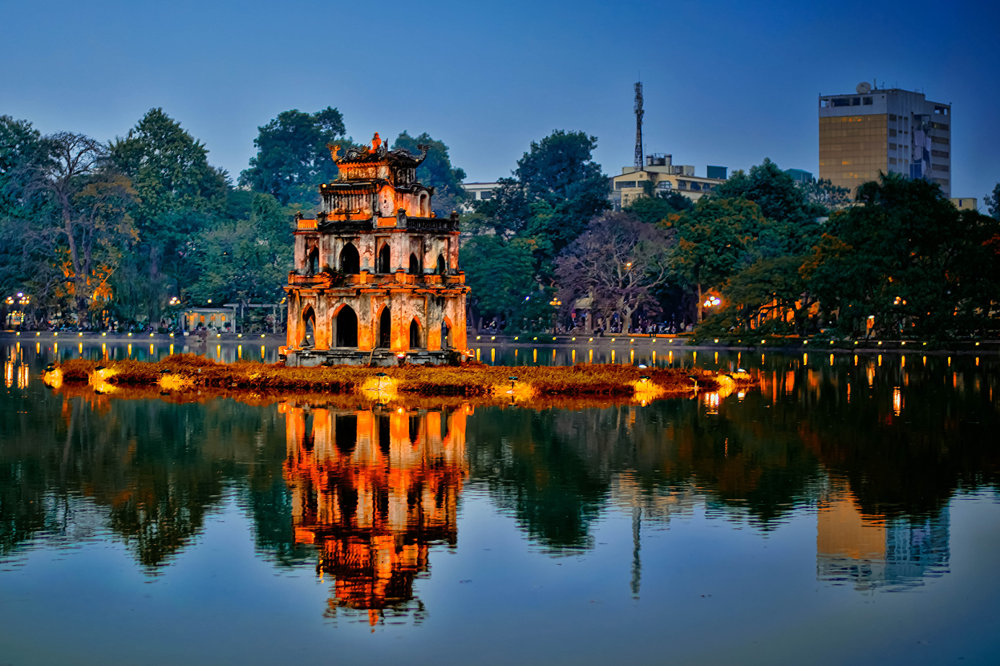
Hanoi, the vibrant capital of Vietnam, is a must-visit destination in Northern Vietnam. Known for its rich history, bustling street life, and unique blend of French colonial architecture and ancient Vietnamese culture, Hanoi offers a captivating experience for travelers.
Key attractions include the historic Old Quarter, where you can wander through narrow streets filled with shops and food stalls, and Hoan Kiem Lake, a serene spot in the city center perfect for a leisurely stroll. Don't miss the Temple of Literature, a beautiful example of traditional Vietnamese architecture, and the Ho Chi Minh Mausoleum, where you can learn about the country's revered leader. For a taste of local culture, visit the bustling Dong Xuan Market and enjoy traditional water puppet shows.
Ha Long
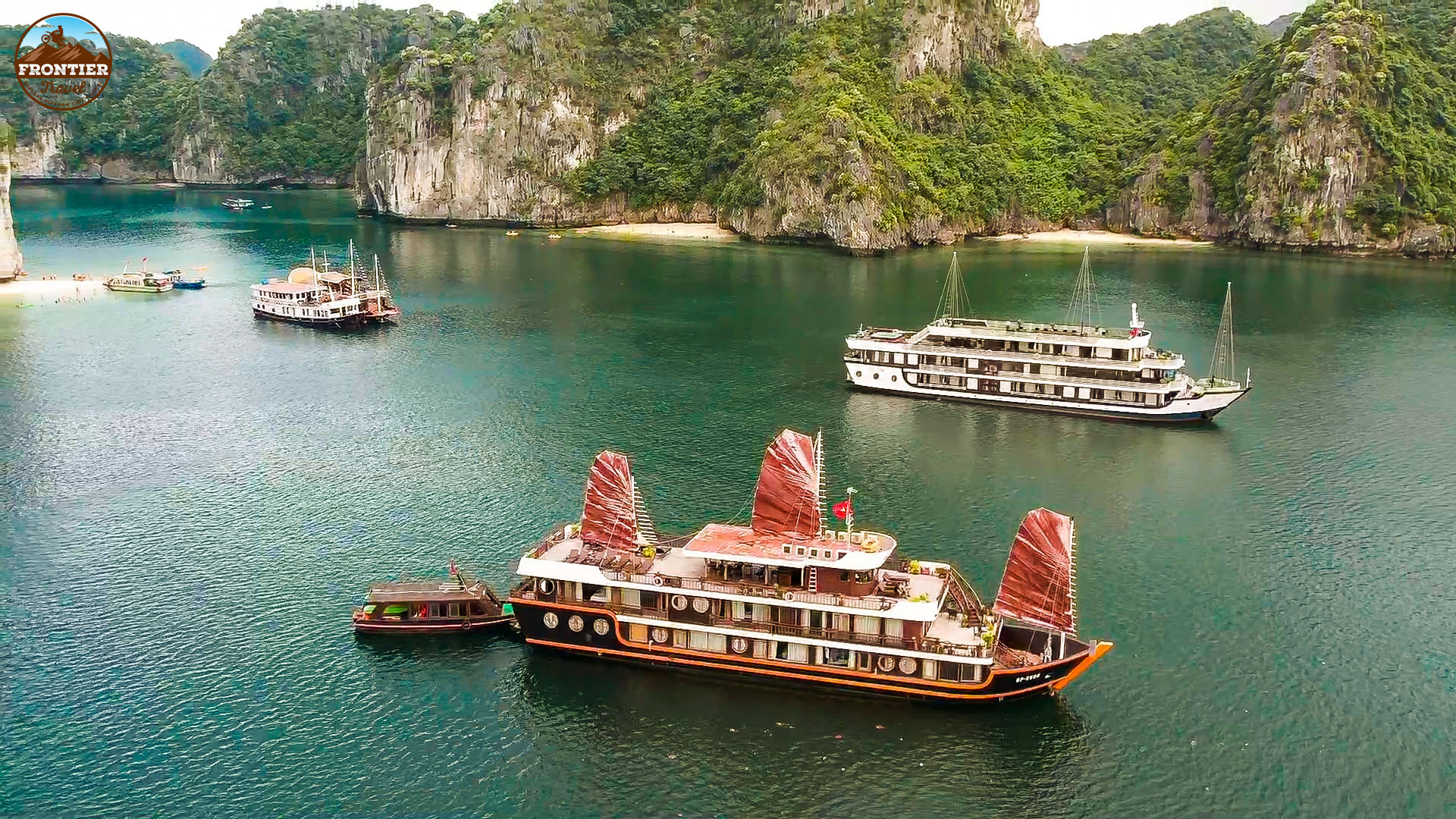
Ha Long, famous for its stunning bay, is a top destination in Northern Vietnam. Known for its emerald waters and thousands of limestone islands topped with rainforests, Ha Long Bay offers breathtaking natural beauty.
A must-do activity is taking a boat cruise to explore the bay, where you can visit iconic spots like Sung Sot (Surprise) Cave, Ti Top Island, and the floating fishing villages. For adventure seekers, kayaking through the bay's serene waters or rock climbing on the karsts provides an exhilarating experience. Don't miss the panoramic views from Bai Tho Mountain or the vibrant night market in Ha Long City for local crafts and seafood.
Sa Pa
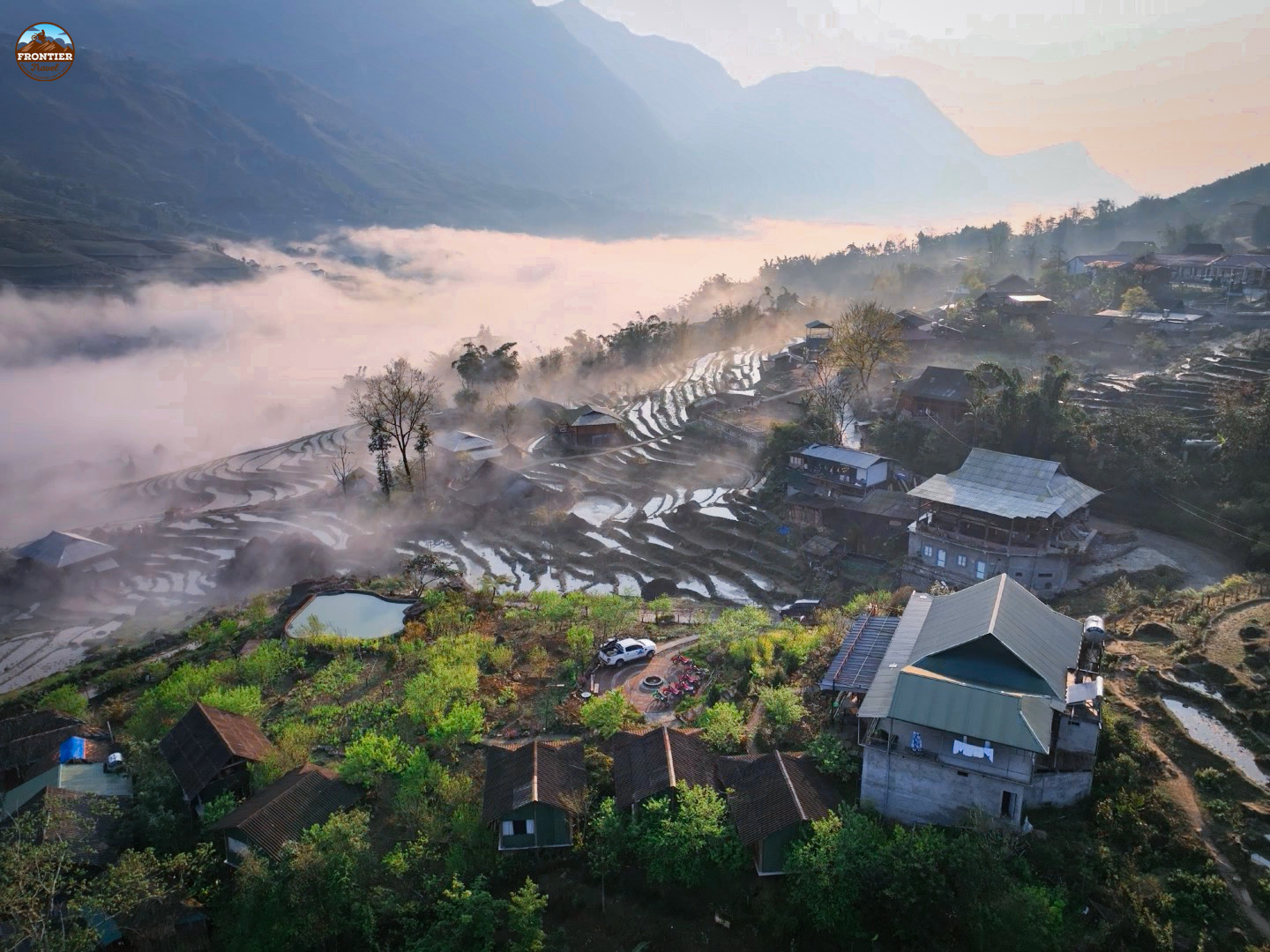
Sapa, nestled in the Hoang Lien Son Mountains, is an essential destination in Northern Vietnam known for its stunning terraced rice fields and rich cultural diversity. This picturesque town offers breathtaking views of the surrounding mountains and valleys, making it a paradise for trekkers and nature lovers.
Key attractions include trekking to the ethnic minority villages like Cat Cat, Ta Van, and Lao Chai, where you can experience the unique traditions and lifestyles of the Hmong, Dao, and other local communities. Don't miss the majestic Fansipan, the highest peak in Vietnam, which you can reach by a scenic cable car ride. The Sapa Market is also a great place to immerse yourself in local culture and buy traditional handicrafts.
Mai Chau

Mai Chau, a serene valley surrounded by emerald mountains, is a must-visit destination in Northern Vietnam for those seeking tranquility and cultural immersion. Known for its lush rice paddies and traditional stilt houses, Mai Chau offers a peaceful retreat from the hustle and bustle of city life.
Notable highlights include cycling or hiking through the picturesque villages of Pom Coong and Lac, where you can interact with the friendly Thai ethnic minority and learn about their customs. Enjoy a homestay experience to truly immerse yourself in the local culture and savor traditional dishes. The Thung Khe Pass provides stunning panoramic views of the valley and is a perfect spot for photography. Additionally, the Sunday market in Mai Chau is a vibrant place to explore and purchase local crafts and textiles.
Ninh Binh

Ninh Binh, often dubbed "Halong Bay on land," offers a unique blend of natural beauty and cultural heritage in Northern Vietnam. You can explore the Trang An Landscape Complex, a UNESCO World Heritage site, where boat tours navigate through captivating caves and lush scenery. Tam Coc provides another enchanting boat ride along the peaceful Ngo Dong River, surrounded by vibrant rice fields and limestone cliffs.
History buffs will enjoy visiting the ancient capital of Hoa Lu, home to historical temples and ruins. The Bai Dinh Pagoda, one of Vietnam's largest temple complexes, impresses with its grand architecture and panoramic views. For an adventurous twist, hike up Hang Mua Peak for breathtaking views of the landscape below.
Ha Giang
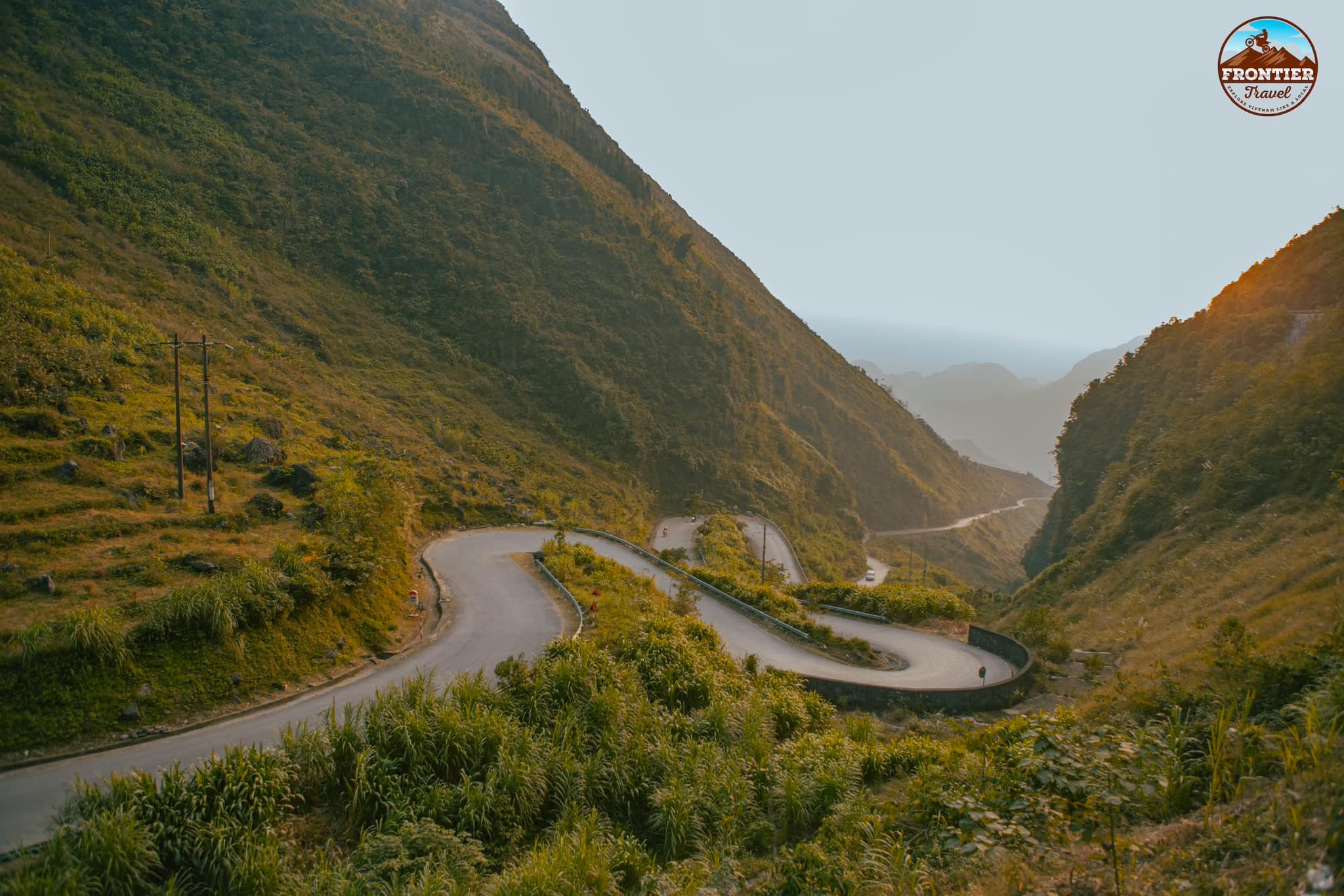
Ha Giang, a remote province in Northern Vietnam, offers some of the most stunning mountain scenery in the country. The Dong Van Karst Plateau Geopark, a UNESCO World Heritage site, is notable for its dramatic limestone formations and deep valleys. The Ma Pi Leng Pass, one of Vietnam's most scenic mountain passes, provides breathtaking views ideal for photography.
In Dong Van, the Sunday market showcases the vibrant cultures of various ethnic minority groups, featuring unique handicrafts and local products. The Lung Cu Flag Tower, marking the northernmost point of Vietnam, offers a sweeping view of the surrounding landscape. Ha Giang's untouched beauty and rich cultural heritage make it a remarkable destination.
3. Things to do in Northern Vietnam
Northern Vietnam offers a wide range of activities that cater to all kinds of travelers, from adventure enthusiasts to culture seekers. Here are some of the top things to do in this mesmerizing region:
Cruises
One of the most iconic experiences in Northern Vietnam is taking a cruise through Ha Long Bay. These cruises vary from day trips to overnight stays on luxury boats. Activities typically include:
- Kayaking: Paddle through the limestone karsts and explore hidden caves and lagoons.
- Swimming: Take a dip in the emerald waters or relax on secluded beaches.
- Cooking Classes: Learn to make traditional Vietnamese dishes onboard.
- Cave Tours: Visit impressive caves like Sung Sot (Surprise Cave) and Thien Cung (Heavenly Palace Cave).
Hiking
Sapa is a trekkers' paradise, with trails that take you through stunning rice terraces, bamboo forests, and ethnic minority villages. Popular routes include:
- Fansipan Mountain: Known as the "Roof of Indochina," Fansipan is the highest peak in Vietnam. The hike is challenging but offers rewarding views.
- Muong Hoa Valley: A more accessible trek that takes you through terraced fields and offers insights into the local culture.
- Cat Cat Village: A short trek from Sapa town that provides a glimpse into the daily life of the Hmong people.
For those seeking an exhilarating adventure, Frontier Vietnam offers guided motorbike tours through some of the most breathtaking landscapes in Northern Vietnam. These tours are ideal for both novice and experienced riders and include:
- Ha Giang Loop: A popular route that takes you through dramatic mountain passes, deep valleys, and remote ethnic minority villages.
- Mai Chau to Pu Luong: A scenic ride that combines lush valleys, terraced fields, and traditional stilt houses.
- Ninh Binh Exploration: Ride through the karst landscapes and explore hidden caves and ancient temples.
Visit tribal villages
Northern Vietnam is home to a diverse array of ethnic minority groups, each with its own unique culture and traditions. Visiting these villages offers a deep cultural immersion:
- Ta Phin Village (Sapa): Known for Red Dao community, famous for its traditional red headscarves and herbal baths.
- Ban Lac Village (Mai Chau): A Thai minority village where you can stay in traditional stilt houses and enjoy cultural performances.
- Lung Cu Flag Tower (Ha Giang): Near the Chinese border, this area is home to the Lo Lo ethnic group and offers stunning panoramic views.
Additional activities
- Cycling: Explore the countryside on a bicycle, passing through rice paddies, small villages, and scenic landscapes. Popular cycling routes include Mai Chau and Ninh Binh.
- Cave Exploration: Northern Vietnam is dotted with impressive caves. Apart from the famous Ha Long Bay caves, you can explore Phong Nha-Ke Bang National Park, home to some of the world’s largest and most beautiful caves.
- Cultural Experiences: Participate in local festivals, visit traditional markets, and take part in craft workshops. Learning to weave textiles or make traditional pottery can be a memorable part of your trip.
- Wildlife Watching: Visit Cuc Phuong National Park, Vietnam’s oldest national park, to see endangered primates, birds, and butterflies in their natural habitat.
4. What to eat in Northern Vietnam?
Northern Vietnam's cuisine is a delightful blend of flavors, influenced by its geography and cultural diversity. Here are some must-try dishes that will give you a true taste of the region:
Pho

This is perhaps the most well-known Vietnamese dish. It is a flavorful and aromatic noodle soup made with a clear broth, rice noodles, herbs, and meat (usually beef or chicken). The broth is simmered for hours with spices like cinnamon, star anise, and cloves, giving it a unique and comforting flavor. Phở is often enjoyed for breakfast but can be eaten at any time of the day.
Bun Cha

This Hanoi specialty consists of grilled pork patties and slices of pork belly served with rice noodles (bún), fresh herbs, and a dipping sauce made from fish sauce, vinegar, sugar, and chili. The combination of smoky grilled meat, fresh noodles, and tangy sauce makes for a delightful and refreshing meal.
Cha ca La Vong

This dish originated in Hanoi and features chunky pieces of marinated and grilled catfish served on a sizzling skillet with dill, scallions, peanuts, and vermicelli noodles. The fish is tender and flavorful, and the herbs add a fresh, aromatic touch to the dish.
Xoi

This is a popular breakfast dish made from sticky rice that comes in various colors and flavors. Some common toppings include mung beans, shredded chicken, pork floss, and caramelized shallots. Xôi is a comforting and filling way to start the day.
Thang Co Sapa

This is a traditional dish of the H'mong people, an ethnic group from the mountainous regions of Northern Vietnam. Thang Co is a hearty and flavorful soup made with horse meat, beef, or goat meat, along with various organs like heart, liver, and kidneys. The meat is simmered for hours with ginger, lemongrass, and other aromatic herbs until tender.
Note: Thang Co can be quite challenging for those not accustomed to the flavor and texture of offal. It’s recommended to try it if you're feeling adventurous and want an authen
Nem cua be

This dish originates from the coastal city of Hai Phong and is a type of spring roll filled with crab meat, pork, and various vegetables like carrots, kohlrabi, and wood ear mushrooms. The filling is seasoned with fish sauce, pepper, and other spices, then wrapped in rice paper and deep-fried until crispy. Nem Cua Be is often served with a dipping sauce made from fish sauce, vinegar, sugar, and chili, and garnished with fresh herbs like lettuce and mint.
5. Where to stay in Northern Vietnam?
When traveling through Northern Vietnam, you'll find a range of accommodation options that suit various preferences and budgets. Here are some recommended places to stay in key destinations across the region:
Hanoi
Hanoi, the bustling capital, offers a mix of luxury hotels, boutique accommodations, and budget-friendly hostels.
- Sofitel Legend Metropole Hanoi
- Hanoi La Siesta Hotel Trendy
- Old Quarter View Hanoi Hostel
Ha Long Bay
In Ha Long Bay, staying overnight on a cruise is a unique experience, but there are also options on land.
- Venezia Cruise
- La Pandora Cruise
- Doris Cruise
Sapa
In Sapa, you can choose from hotels, eco-lodges, and homestays to truly immerse yourself in the stunning mountain landscape.
- Topas Ecolodge
- Sapa Clay House
- Sapa Capsule Hotel
Mai Chau
Mai Chau is known for its peaceful valley and Thai ethnic minority villages. Staying in traditional stilt houses is a popular choice.
- Mai Chau Ecolodge
- Mai Chau with Love Homestay
- Mai Chau Hideway
Ninh Binh
In Ninh Binh, the options range from riverside resorts to charming homestays.
- Emeralda Ninh Binh Resort & Spa
- Tam Coc Garden Boutique Resort
- Nguyen Shack Ninh Binh
Ha Giang
Ha Giang offers a range of accommodations from guesthouses to homestays, often in remote and scenic locations.
- Silk Path Grand Resort & Spa Ha Giang
- Ha Giang Legacy Hotel
- Ha Giang Palm Ecolodge
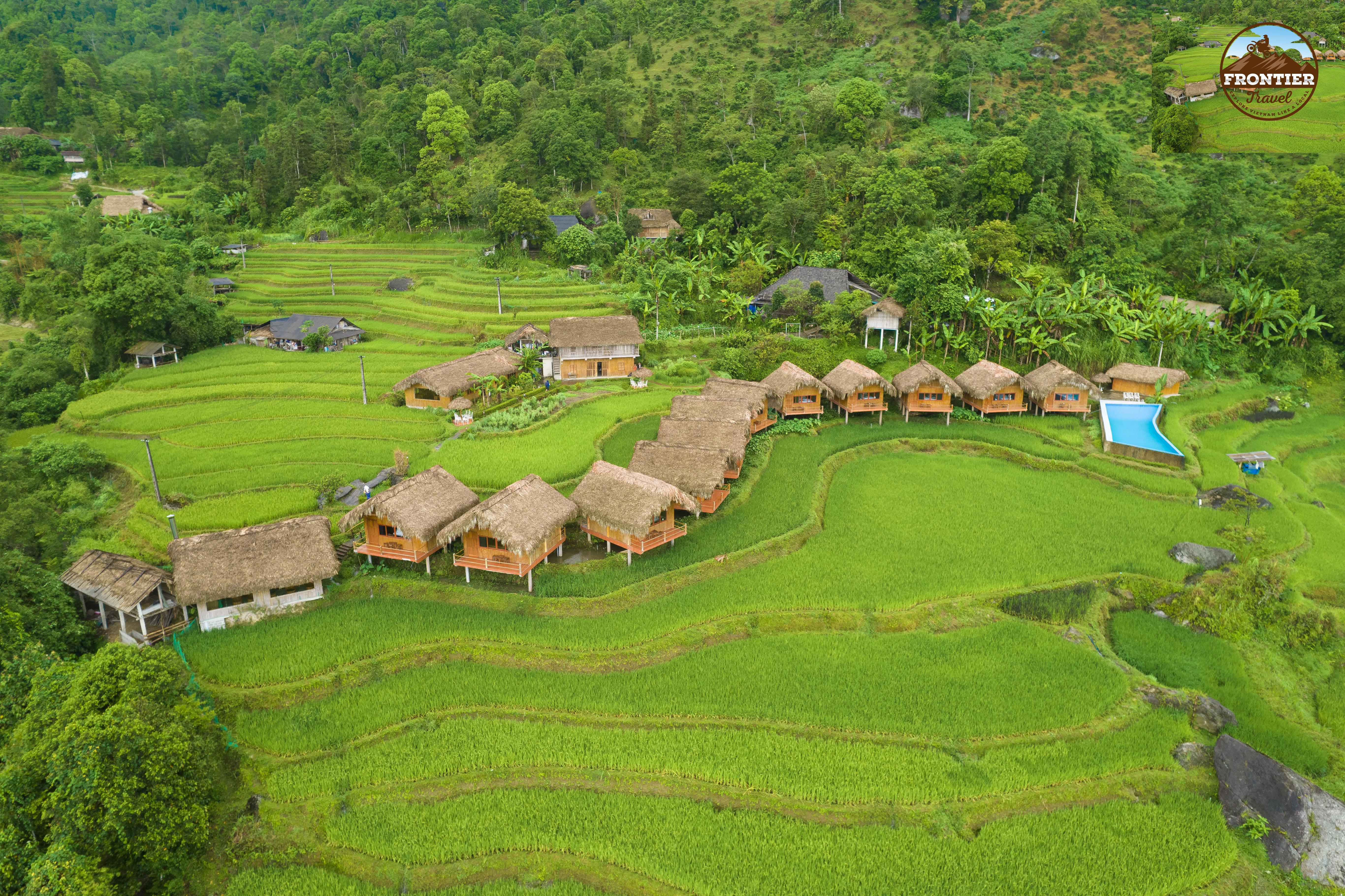
Northern Vietnam is a place where every turn reveals a new breathtaking view, making it a must-visit for any traveler seeking both adventure and tranquility. Whether you're trekking through Sapa's rice terraces, cruising the serene waters of Ha Long Bay, riding the thrilling Ha Giang Loop, or discovering the hidden gems of Ninh Binh, each experience offers a unique blend of natural beauty and cultural richness.





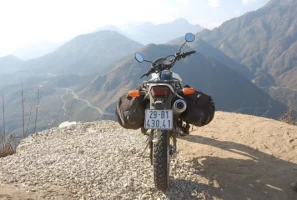
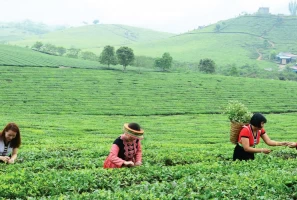
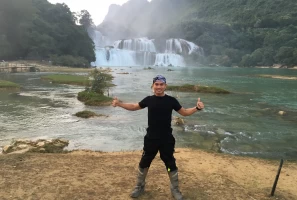
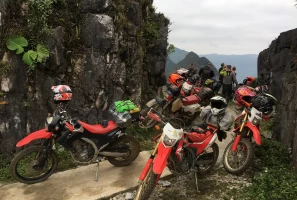
.png)